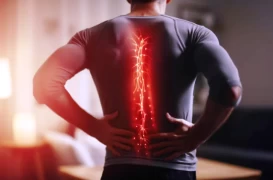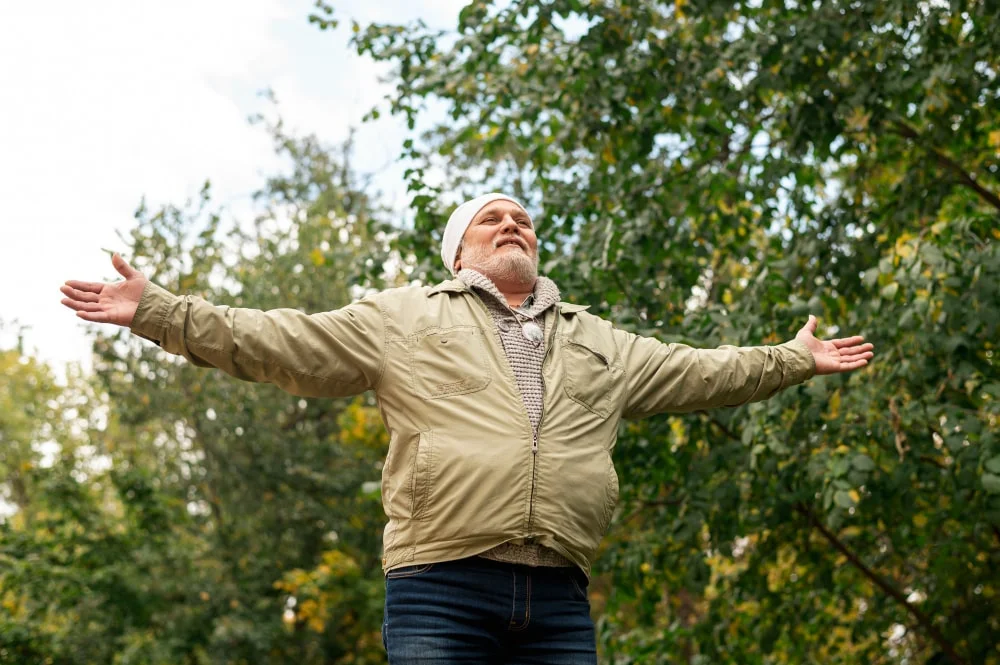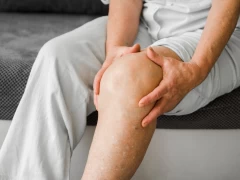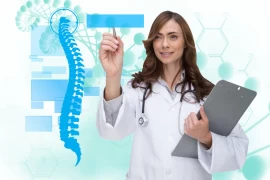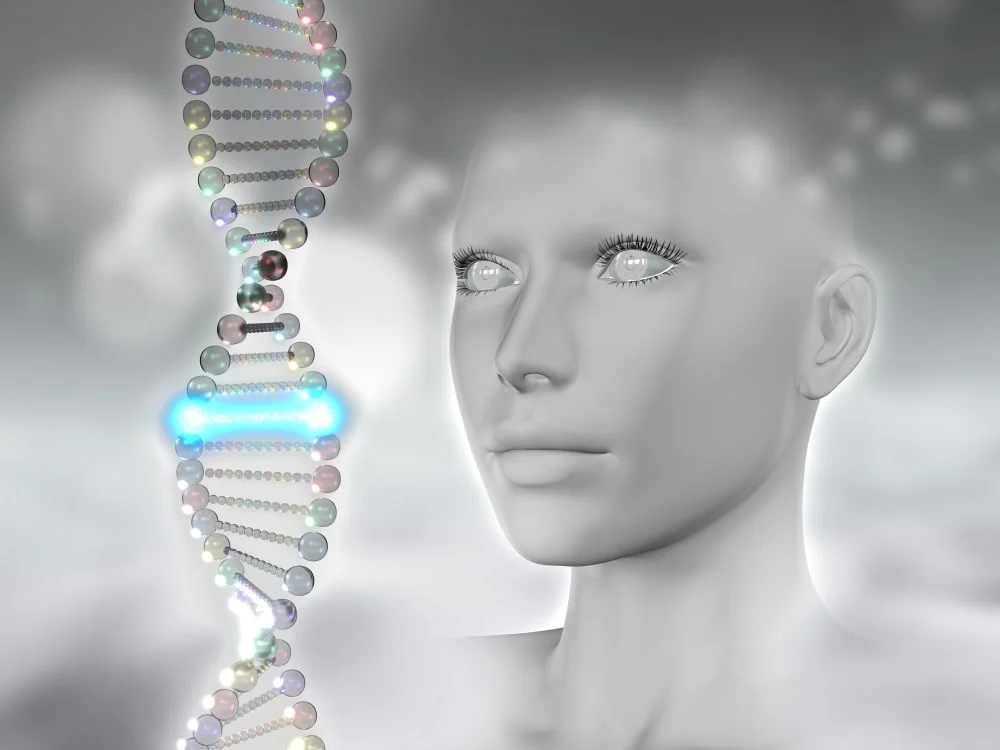
The Role of Mitochondria in Aging
- The Role of Mitochondria in Aging
- What Are Mitochondria and Why Are They So Important?
- Aging and Mitochondrial Dysfunction
- Clinical Reflections of Mitochondrial Dysfunction
- Mitochondria-Supportive Approaches in Physical Therapy and Rehabilitation
- Conclusion: Focusing on Cellular Energy for Healthy Aging
Every day, many of the patients who come to my outpatient clinic present with complaints associated with aging, such as low energy, decreased muscle strength, chronic pain, and limited mobility. A significant portion of the changes that occur in our bodies with age actually begins at the cellular level. At the center of this process lies a structure that is often overlooked but is essential for sustaining life: the mitochondria.
What Are Mitochondria and Why Are They So Important?
Mitochondria are known as the powerhouses of our cells. They break down the nutrients we consume to produce adenosine triphosphate (ATP), the energy molecule necessary for cells to carry out vital functions. From muscle contraction to nerve transmission, from cell repair to immune system activation, everything depends on this energy.
In the field of physical therapy and rehabilitation, mitochondrial health plays a direct role in the success of our treatment plans, particularly in maintaining musculoskeletal system functions. However, with aging, there is a marked decline in mitochondrial function.
Aging and Mitochondrial Dysfunction
Over time, mitochondria begin to lose their functional efficiency. There are several primary reasons for this:
- Mitochondrial DNA Damage:
Mitochondria have their own DNA (mtDNA), which is under constant attack from free radicals. As we age, our antioxidant defenses weaken, leading to mutations in mitochondrial DNA. As a result, ATP production is impaired. - Increased Oxidative Stress:
Mitochondria produce free radicals during ATP generation. In youth, these molecules are balanced by antioxidant systems. As we age, this balance is disrupted, leading to increased intracellular oxidative stress. This renders mitochondria and other cellular structures vulnerable to damage. - Disruption of Mitochondrial Dynamics:
Mitochondria constantly fuse and divide (fusion and fission). This dynamic process is vital for the renewal of damaged mitochondria. With age, this process slows, causing dysfunctional mitochondria to accumulate within cells. - Impaired Mitophagy:
Mitophagy is the process by which cells eliminate damaged mitochondria. As we age, this system becomes sluggish and ineffective, leading to a buildup of nonfunctional mitochondria in the cells.

Clinical Reflections of Mitochondrial Dysfunction
Mitochondrial dysfunction manifests in various clinical scenarios that are particularly relevant to physical therapy and rehabilitation:
- Loss of Muscle Strength (Sarcopenia):
When mitochondrial energy production falls short, the regeneration of muscle cells slows. This leads to atrophic changes in muscle fibers and paves the way for sarcopenia. - Muscle Fatigue and Exercise Intolerance:
In elderly individuals, rapid fatigue during physical activity and difficulty recovering are common. The root cause is often insufficient energy production from mitochondria. - Decline in Neurological Functions:
Nerve cells have a high energy demand. Mitochondrial dysfunction contributes to accelerated neurological degeneration, increasing the risk of balance issues and falls. - Chronic Pain Syndromes:
Mitochondrial dysfunction may play a role in conditions like fibromyalgia, which is characterized by widespread muscle pain. Cellular energy deprivation can lower the pain threshold.
Mitochondria-Supportive Approaches in Physical Therapy and Rehabilitation
Supporting mitochondrial health is extremely valuable in slowing the aging process and reducing functional losses. In addition to multidisciplinary approaches, physical therapy practices offer significant contributions:
- Exercise Therapy
- Aerobic exercises (walking, cycling, swimming) stimulate mitochondrial biogenesis, increasing the energy production capacity of cells.
- Resistance exercises help preserve muscle mass and enhance efficient energy utilization.
- Electrotherapy and Photobiomodulation
- Low-level laser therapies (LLLT) and some electrotherapy modalities can support cellular energy production.
- Especially red and infrared wavelengths can stimulate cytochrome c oxidase activity within mitochondria, triggering ATP production.
- Nutritional and Supplementary Approaches (in collaboration with dietitians)
- Supplements like coenzyme Q10, alpha-lipoic acid, carnitine, and resveratrol may support mitochondrial function.
- B-group vitamins (especially B2, B3, and B12) play critical roles in mitochondrial enzyme activities.
- Oxygen Therapies
- Methods such as hyperbaric oxygen therapy can, in certain cases, play a supportive role in improving mitochondrial function.
Conclusion: Focusing on Cellular Energy for Healthy Aging
As a physical medicine and rehabilitation specialist, I can clearly state that evaluating aging solely based on external signs is a significant shortcoming. Real aging begins at the cellular level. Interventions targeting mitochondria—the center of cellular energy production—greatly contribute to preserving functional independence and improving quality of life.
Staying active at every stage of life, eating healthily, exercising regularly, and supporting cellular health are vital not just for individual well-being but also for public health. The stronger our mitochondria are, the more energy, mobility, and productivity we maintain—even as we age.

Dr. Elif BERBER, PhD
Physical Medicine and Rehabilitation Specialist

